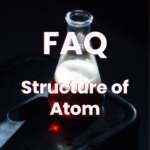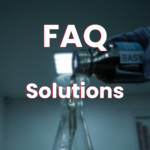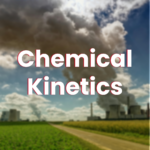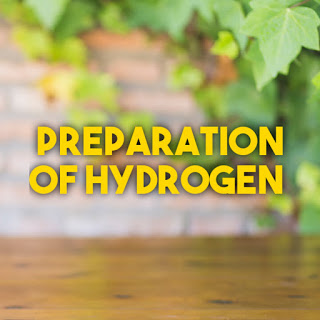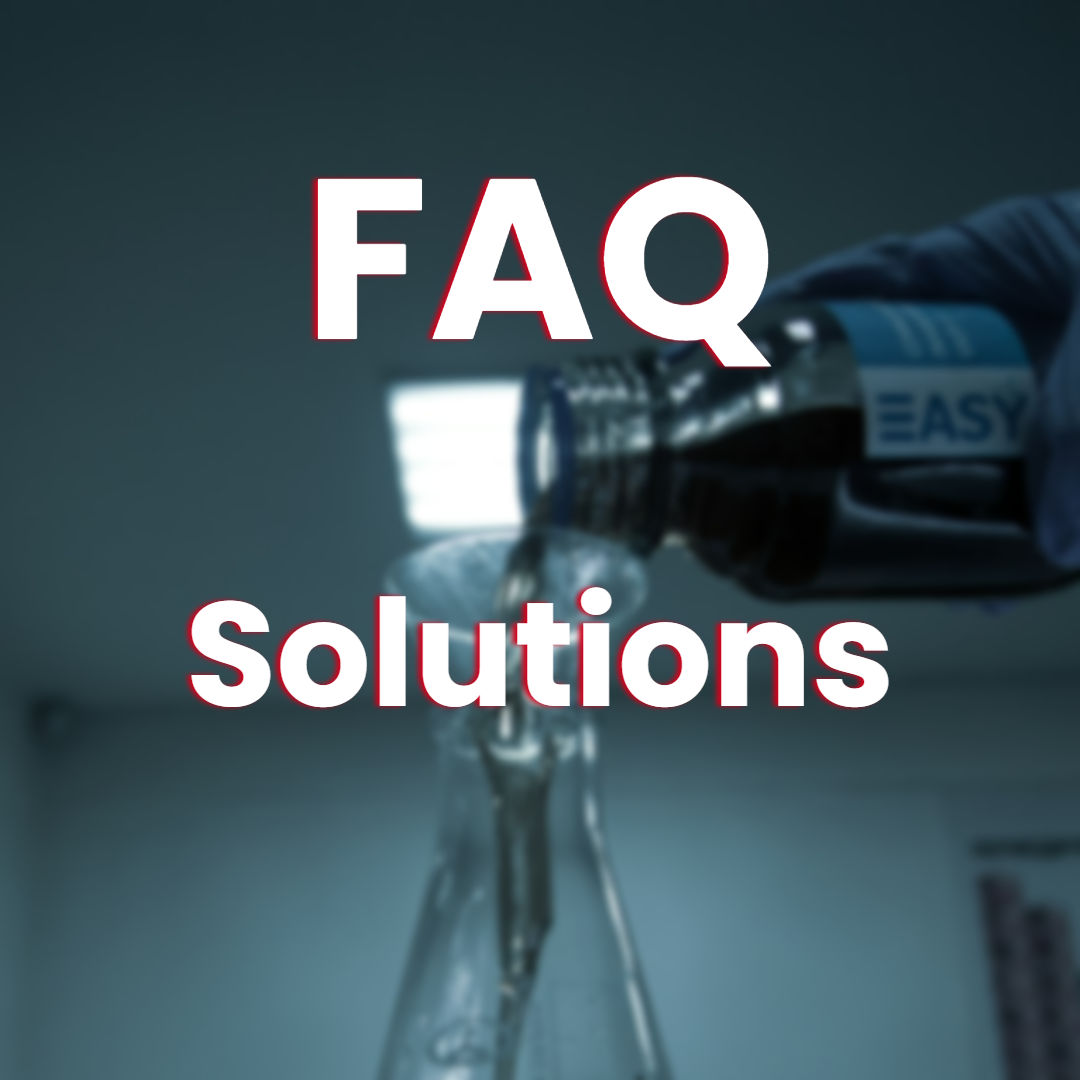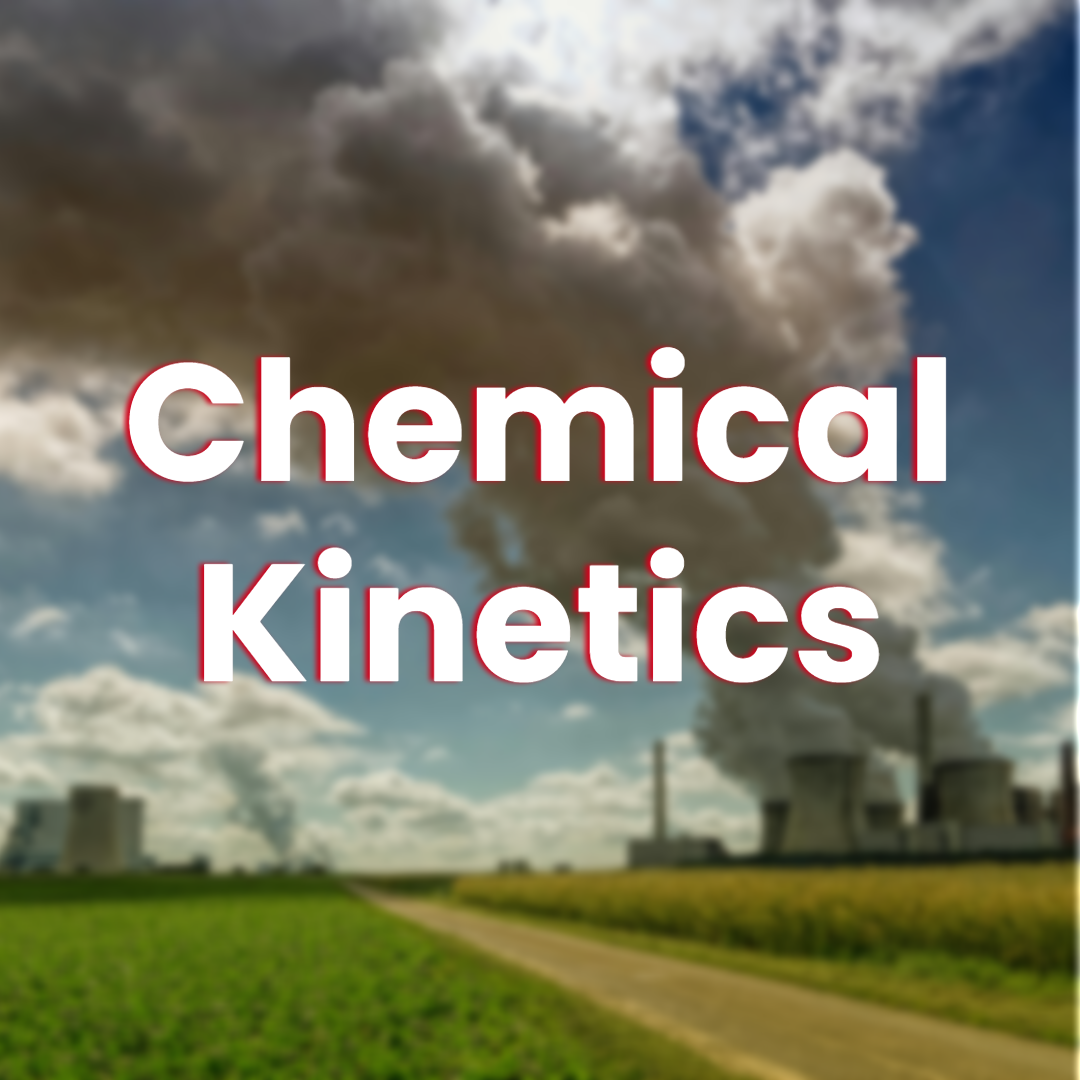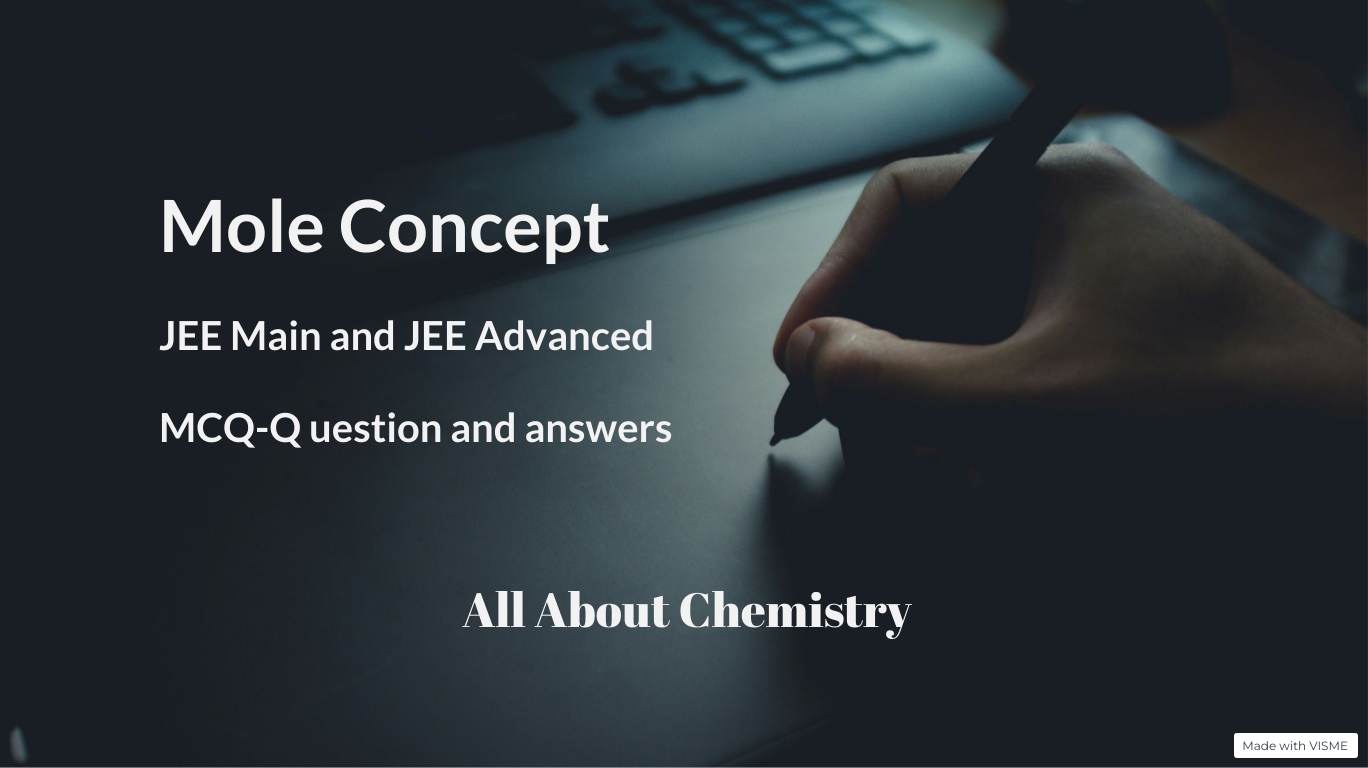Preparation of hydrogen:
a) By the action of water with metals:
Cold water:
Very active metals like Na, K, Ca, etc. react with cold water to liberate hydrogen. The reaction with alkali metals like Na and K is so vigorous and exothermic that the hydrogen gas evolved catches fire. In order to slow down the reaction, amalgams of these metals are generally used.
2Na + 2H2O→2NaOH + H2
2K + 2H2O→2KOH + H2
With calcium, the reaction can be easily controlled as the reaction is not so vigorous.
Ca + 2H2O→Ca(OH)2 + H2
Boiling water:
Apparently less active metals like Zn, Mg, and Al produce hydrogen on reacting with boiling water.
2Al + 3H2O→Al2O3 + 3H2
Zn + H2O→ZnO + H2
Mg + H2O→MgO + H2
Steam:
Less active metals like Ni, Sn, Co, Fe etc. reacts with water(steam) at red hot condition to produce hydrogen
3Fe + 4H2O→Fe3O4 + 4H2
b) By the reaction of metals with acids:
Metals that lie above hydrogen in the electrochemical series reacts with dilute acids like sulphuric acid and hydrochloric acid to produce hydrogen.
Fe + 2HCl→FeCl2 + H2
Mg + H2SO4→MgSO4 + H2
Zn + H2SO4 →ZnSO4 + H2
Metals like copper, silver, mercury etc. which are less electropositive than hydrogen do not liberate hydrogen from acids.
c) By the reaction of amphoteric metals with alkali:
Some elements like Zn, Al, Pb, Sn, Si, Beetc. react with boiling alkali to produce hydrogen.
Zn + 2NaOH→Na2ZnO2 + H2
Al + 2NaOH + 2H2O→2NaAlO2 + 3H2
Si + 2NaOH + H2O→Na2SiO3 + 2H2
Sn + 2NaOH→Na2SnO2 + H2
Be + 2NaOH→Na2BeO2 + H2
d) By treating hydrides with water:
Hydrides of alkali and alkaline earth metals react with water to produce hydrogen.
NaH + H2O→NaOH + H2
CaH2 + 2H2O→Ca(OH)2 + 2H2
e) Laboratory preparation of hydrogen:

Principle:
In the laboratory, hydrogen is prepared by reacting dilute sulphuric acid with granulated commercial Zinc.Zn + H2SO4 →ZnSO4 + H2
Procedure:
Place some pieces of commercial granulated zinc in a conical flask fitted with an air tight cork with two holes. Through one hole, pass a thistle funnel with a long stem and through the other, a long delivery tube. Pour dilute sulphuric acid through the funnel.
Collection:
Hydrogen is collected by downward displacement of water because :
- It is insoluble in water.
- Even though it is lighter than air, hydrogen cannot be collected by the downward displacement of air because it forms an explosive mixture with air.
Impurities
The common impurities present in the hydrogen gas prepared in the laboratory are – sulphur dioxide, carbon dioxide, water vapour, hydrogen sulphide, arsine, phosphine and nitrogen dioxide.
| Impurity | Removed by | Reaction |
| Arsine (AsH3) | AgNO3 solution | AsH3 + 3AgNO3→Ag3As + 3HNO3 |
| Phosphine (PH3) | AgNO3 solution | PH3 + 3AgNO3→Ag3P + 3HNO3 |
| Hydrogen sulphide(H2S) | Lead nitrate solution | Pb(NO3)2 + H2S→PbS + 2HNO3 |
| SO2, CO2, NO2 | KOH solution | SO2 + 2KOH→K2SO3 + H2O CO2 + 2KOH→K2CO3 + H2O 2NO2 + 2KOH→KNO2 + KNO3 + H2O |
| Water vapour | Fused CaCl2 or P2O5 or KOH stick |
The pure and dried gas is then collected over mercury as mercury does not react with hydrogen.
Precautions:
- The apparatus used for the preparation of hydrogen gas should be airtight and should be kept away from the flame as hydrogen forms an explosive mixture with oxygen.
- The lower end of the thistle funnel should dip in the acid as otherwise, the gas will escape from the thistle funnel.
Note:
- Pure zinc is not used as it slowly reacts with dilute sulphuric acid. If pure zinc is used, a few drops of CuSO4 solution should be added to increase the reaction rate.
- Commercial zinc contains impurities like Cu, Cd, etc. help to speed up the reaction by forming an electrochemical couple.
- Conc. H2SO4 is a strong oxidizing agent. It oxidized hydrogen to water and itself gets reduced to sulfur dioxide.Zn + 2H2SO4→ZnSO4 + SO2 + H2O
- The hydrogen gas produced in the above process has a peculiar smell due to the impurities arsine and phosphine.
- Conc.HCl cannot be used in the preparation of hydrogen as the produced hydrogen will contain fumes of volatile HCl. Moreover, zinc chloride produced in the reaction is insoluble in HCl and pause the reaction.Zn + 2HCl→ZnCl2 + H2
- Nitric acid is not used to prepare hydrogen as it is a strong oxidizing agent. It oxidizes hydrogen to water and it gets reduced to nitrogen dioxide.Zn + 4HNO3→Zn(NO3)2 + 2H2O + 2NO2
- Mg and Mn are the only metals that react with very dilute nitric acid to produce hydrogen gas.Mg + 2HNO3→Mg(NO3)2 + H2
- Zinc is preferred in the laboratory preparation of hydrogen than other metals as-
- Sodium and potassium react explosively with acid.
- Calcium and magnesium are expensive and produce hydrogen rapidly.
- Aluminum gets coated with Al2O3 due to its great affinity with oxygen. This layer prevents the reaction of the metal with dilute acids.
- Iron slowly reacts with acids to produce hydrogen.
- Lead reacts with sulphuric or hydrochloric acid to form an insoluble coating of lead sulfate or lead chloride, thus preventing further reaction.
- Copper and mercury lie below hydrogen in the activity series, thus cannot displace hydrogen from dilute acids.
f) Bosch Process:
It consists of the following steps:
Steam is passed over hot coke (10000C) in converters when coke is oxidized to water gas (1:1 mixture of CO and H2). This process is known as coal gasification.
C + H2O→(CO + H2) – ∆
Water gas is mixed with excess steam and passed over heated (4000C) ferric oxide to produce carbon dioxide and hydrogen. In this process ferric oxide acts as a catalyst and chromic oxide acts as a promoter.
(CO+ H2) + H2O → CO2 + 2H2 + ∆
The above resultant mixture of gases is passed through caustic soda solution, which dissolves carbon dioxide, leaving behind hydrogen.
CO2 + 2KOH → K2CO3 + H2O
The mixture is finally passed through ammoniacal cuprous chloride solution in order to dissolve any uncombined CO.
CuCl + CO + 2H2O → CuCl.CO.2H2O
Thus, hydrogen gas is left behind.
- The conditions which provide a maximum yield of hydrogen in the manufacture of hydrogen by the Bosch process are the following:
- The concentration of steam needs to be increased to favor the forward reaction.
- The concentration of the product should be reduced.
- As the volume of the reactant and product are the same, there is no influence of pressure in this process.
- As the forward reaction is exothermic, the temperature of the system should be decreased. But very low temperature slows the reaction. Thus an optimum temperature of 4500C is maintained to obtain a satisfactory yield of water gas.
g) Lane’s Process:
This process consists of two stages:
Oxidation stage:
Super-heated steam is passed for 10 minutes over iron filling heated at about 750-8000C to produce Fe3O4 and hydrogen. This period is known as oxidation phase or gas phase.
3Fe+ 4H2O→Fe3O4 + 4H2 + ∆
Reduction stage:
As iron get completely oxidised to Fe3O4, the supply of steam is stopped and a steam of water gas is passed to regain back iron from Fe3O4. This period is continued for 20 minutes and is known as reduction period.
Fe3O4 + 4H2 → 3Fe+ 4H2O
Fe3O4 + 4CO→ 3Fe+ 4CO2
Procedure:
Several retorts are stuffed with iron powder and kept in a vertical position. The iron powder is heated to 7500C in a furnace. Then steam is passed over the red hot iron when hydrogen and ferrosoferric oxide are produced. The hydrogen gas produced is passed through an outlet tube and collected in gas holders by the downward displacement of water.
The hydrogen obtained in this process is 98.5 to 99% pure.
h) By electrolysis of water:
Pure water is a poor conductor of electricity thus, in order to make it conductor, dilute sulphuric acid or 20% NaOH solution is added.
NaOH being a strong electrolyte, in aqueous solution it dissociates completely to Na+ and OH– ions. Water is a weak electrolyte, it furnish small amount of H+ and OH– ions. Hydrogen being less electropositive than sodium is preferentially discharged at the cathode as hydrogen gas by accepting electrons. OH– is discharged at the anode as water and oxygen by losing electrons.
NaOH→Na+ + OH– H2O→H+ + OH–
At cathode:
H++ e → H
H + H → H2↑
Hydrogen gas is evolved at the cathode.
At anode:
OH– – e → OH
4OH→2H2O + O2↑
Oxygen gas is evolved at the anode.
i) From alkanes:
When the mixture of methane (natural gas) and steam is pass over nickel catalyst at about 800-900oC hydrogen is produced.
CH4 + H2O→CO + 3H2
j) From Brine solution:
Pure hydrogen is produced in Nelson’s cell by the electrolysis of brine.
2NaCl→2Na+ + 2Cl–
At Cathode:
2H2O +2e→H2 + 2OH–
At Anode:
2Cl–-2e→Cl2
k) From methanol:
When a mixture of vaporised methanol and water (1:1) is passed over a special catalyst at 250-3600C under 20bar pressure, a mixture of CO and H2 is produced. CO thus produced get further oxidised to CO2 by steam.
CH3OH→CO + 2H2
CO + H2O→CO2 + H2
The hydrogen gas produced can be separated by adsorbing in palladium metal.


